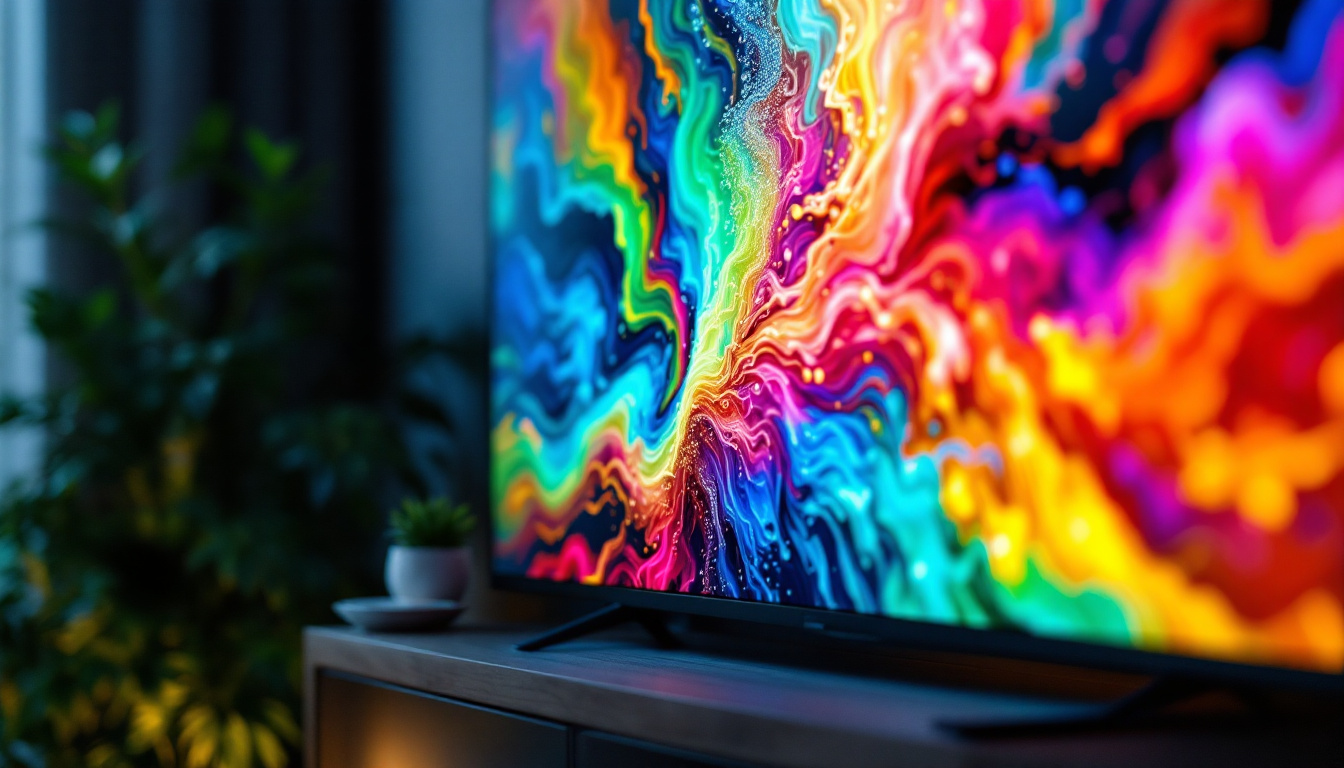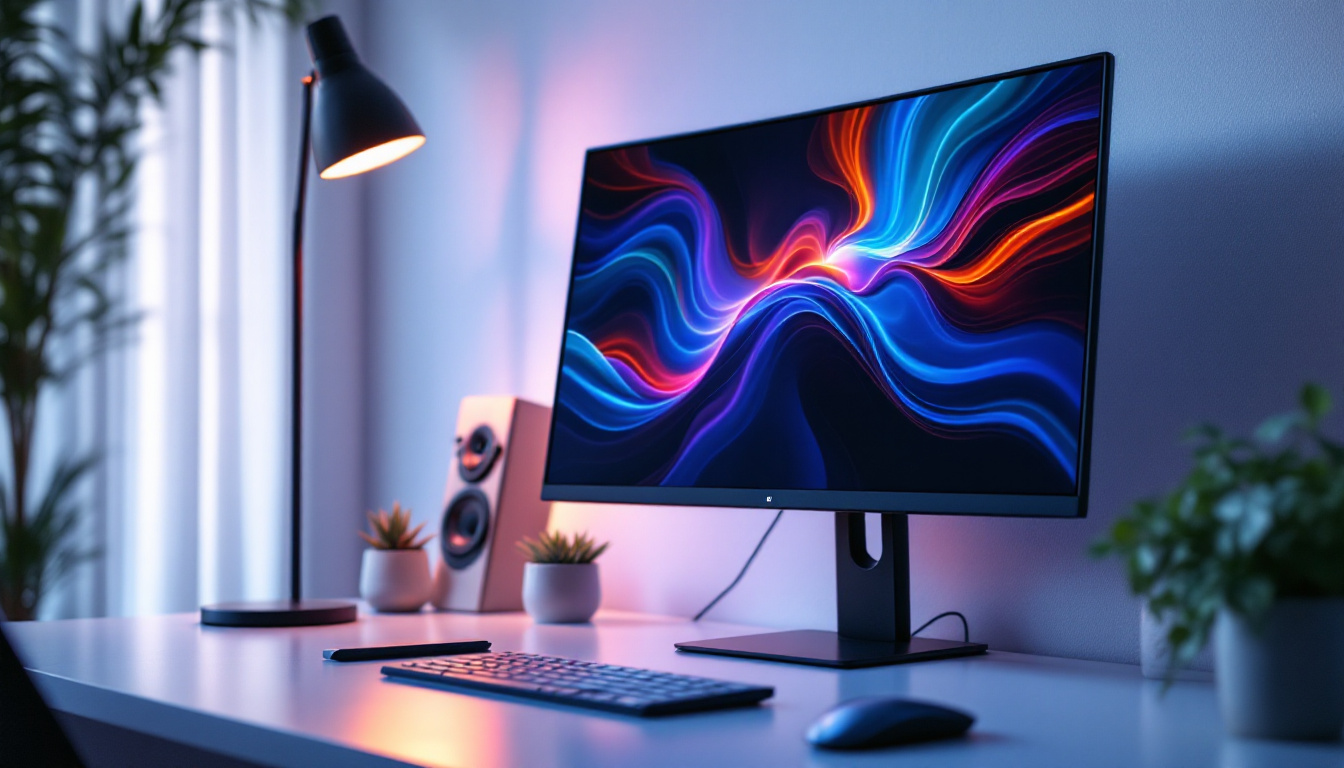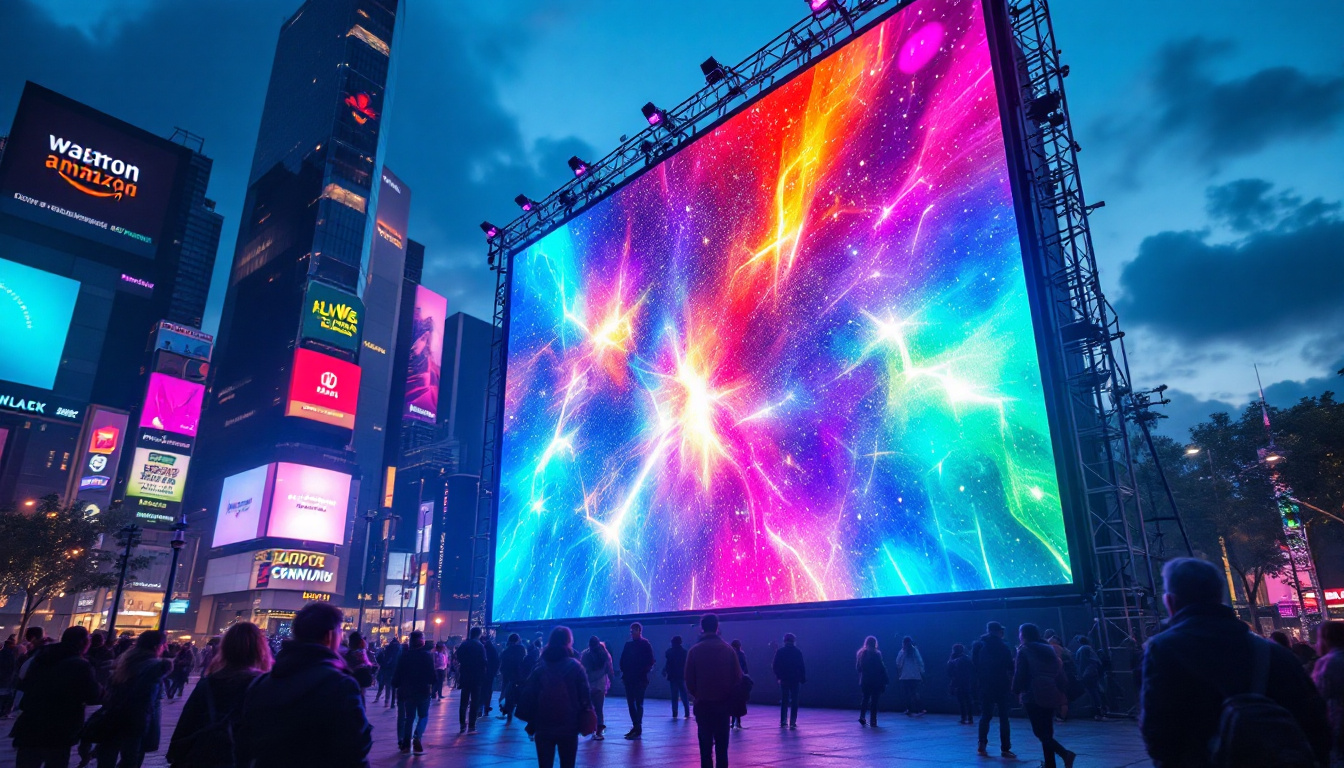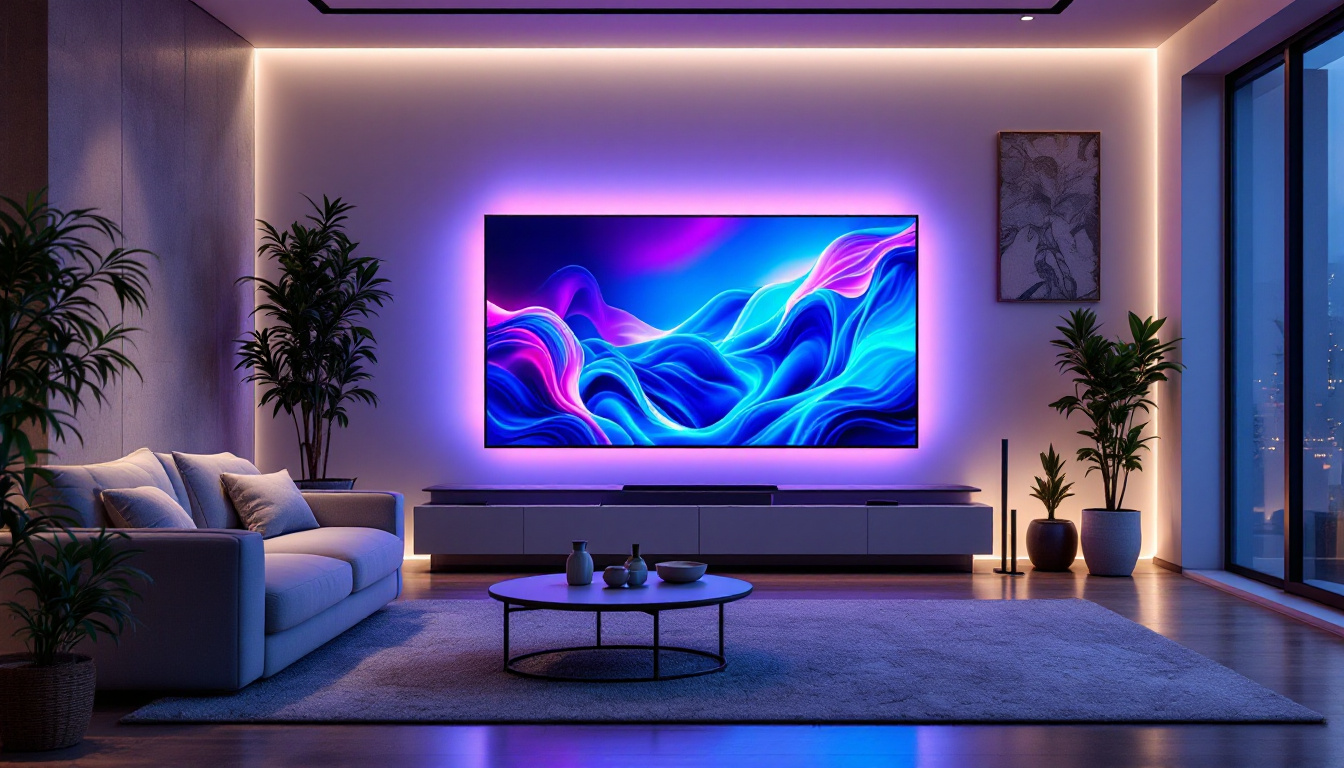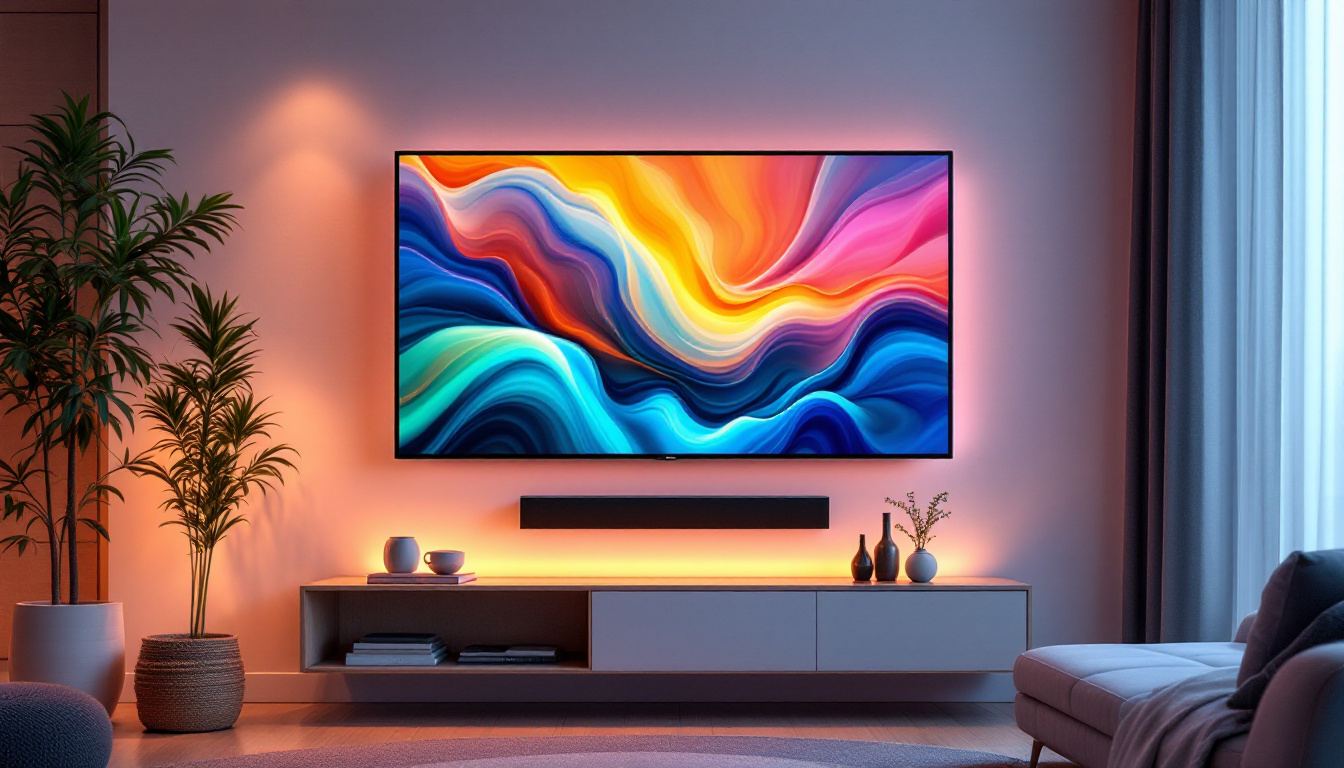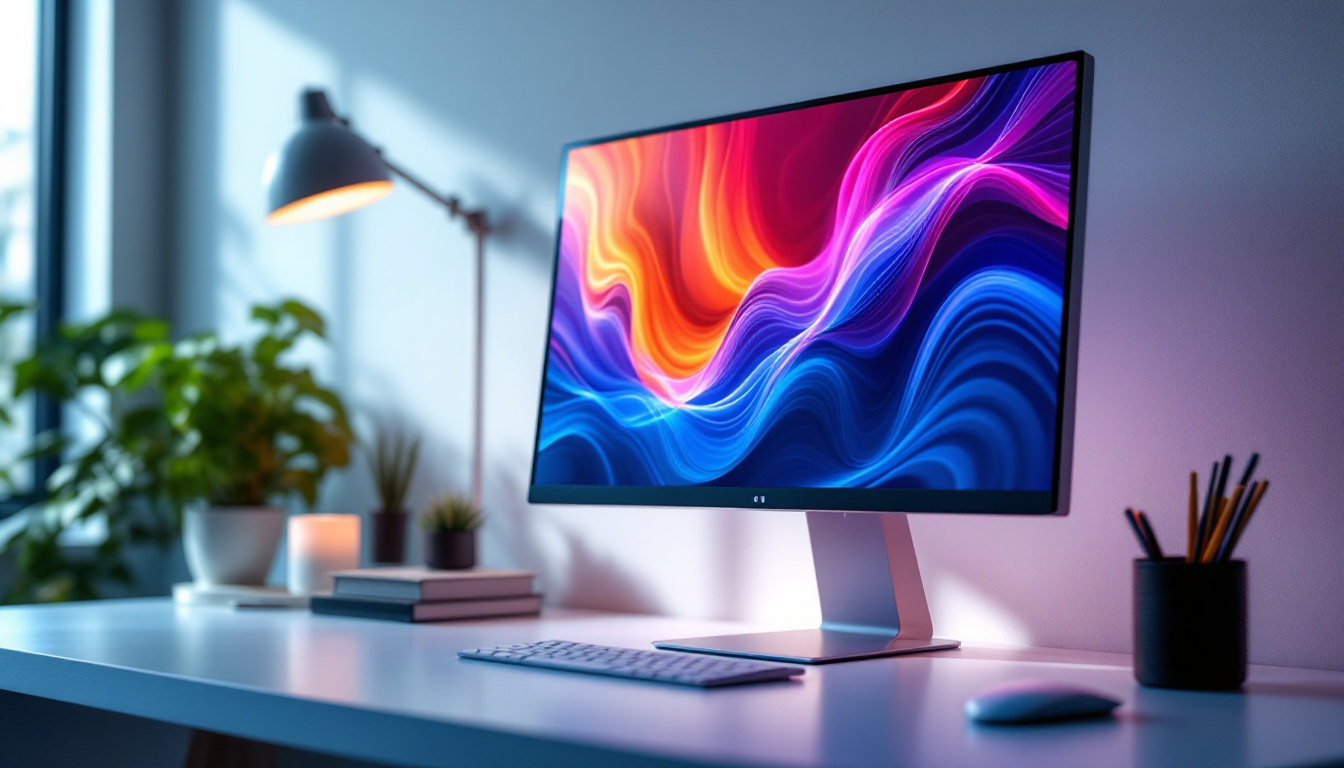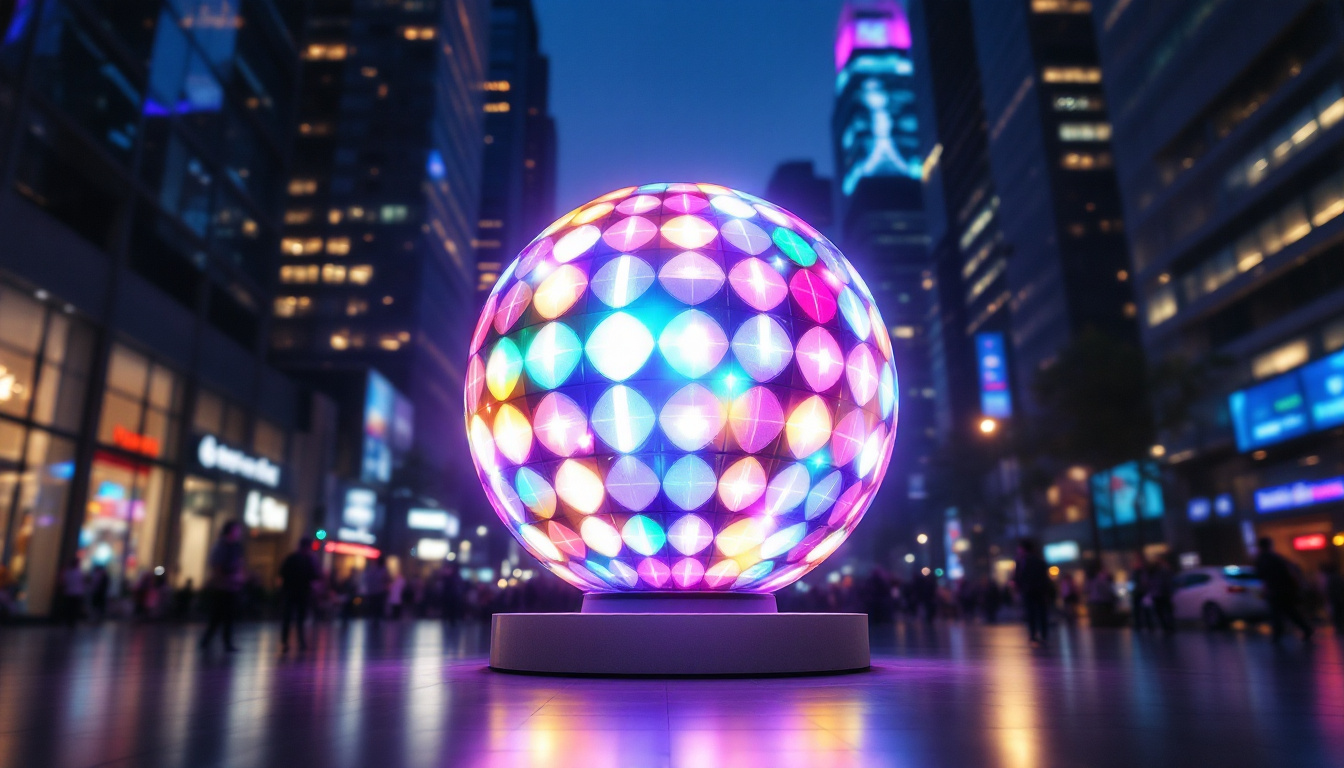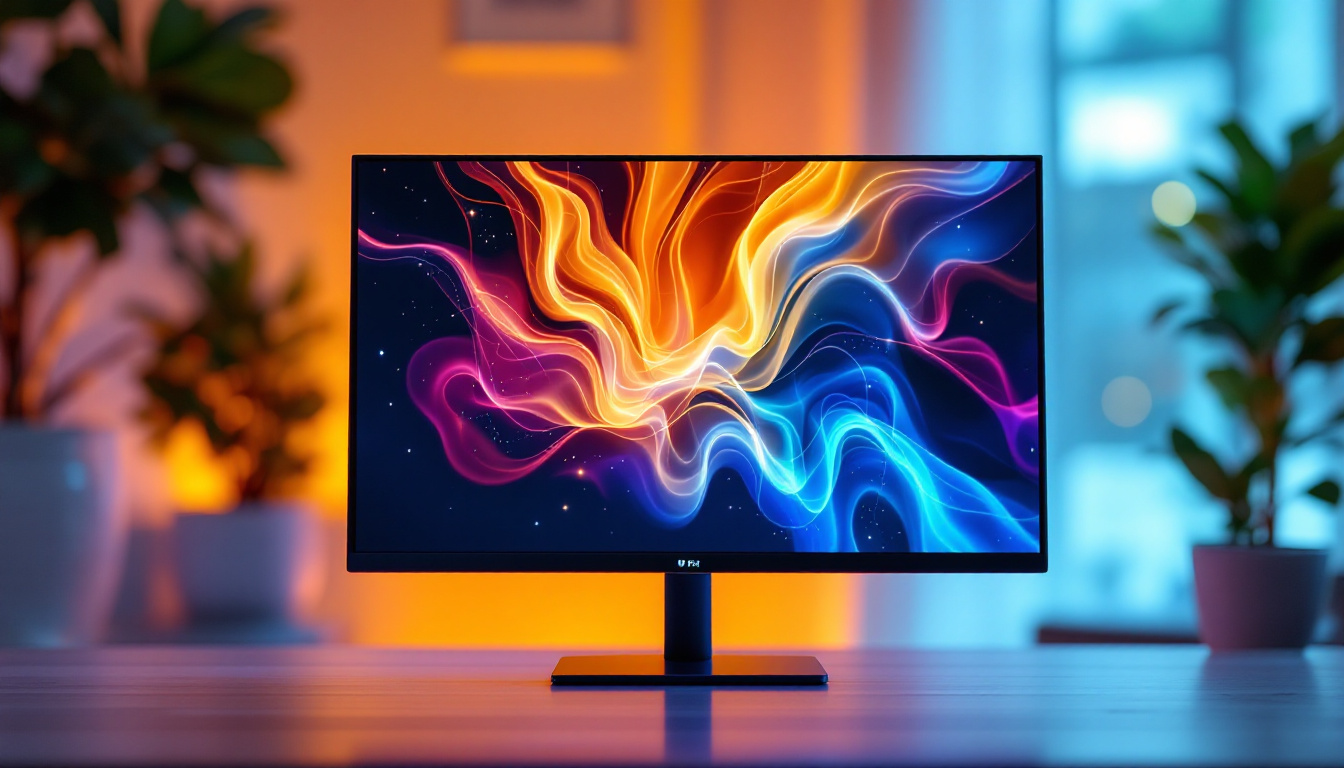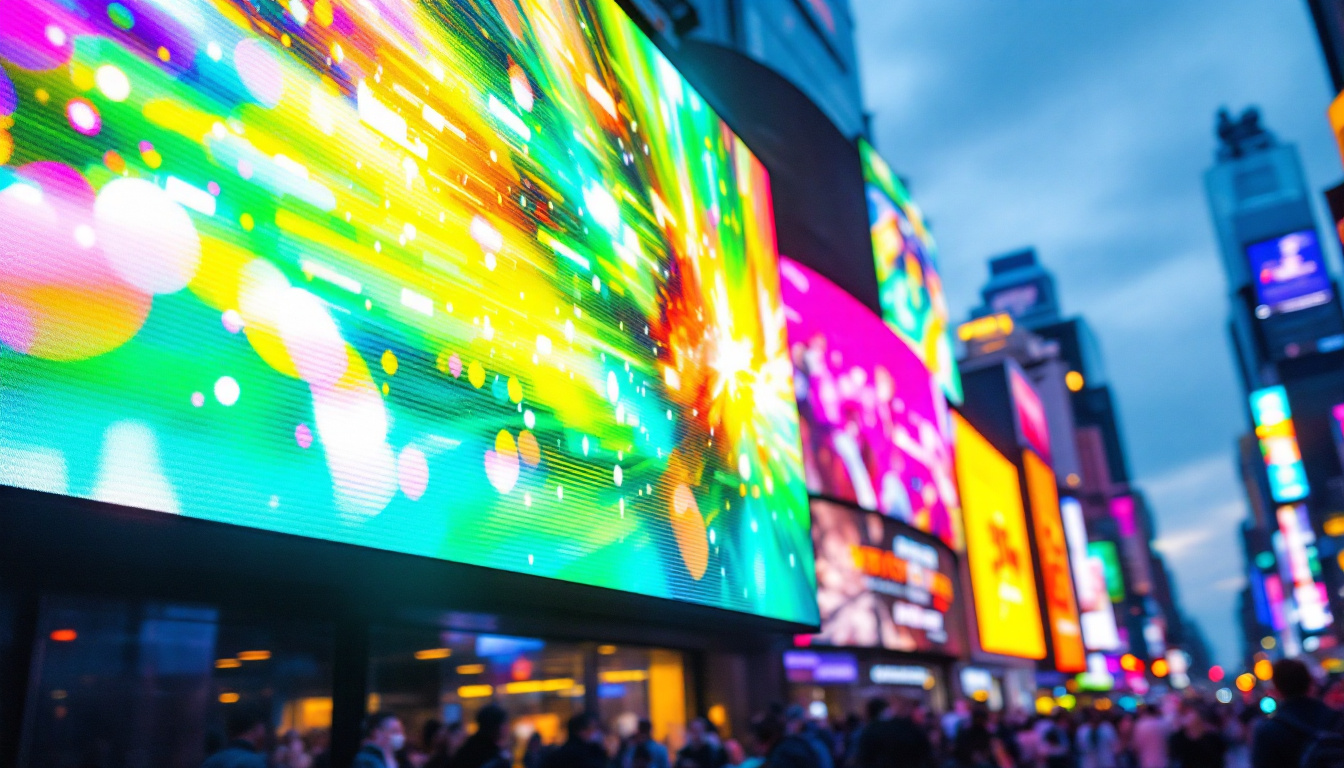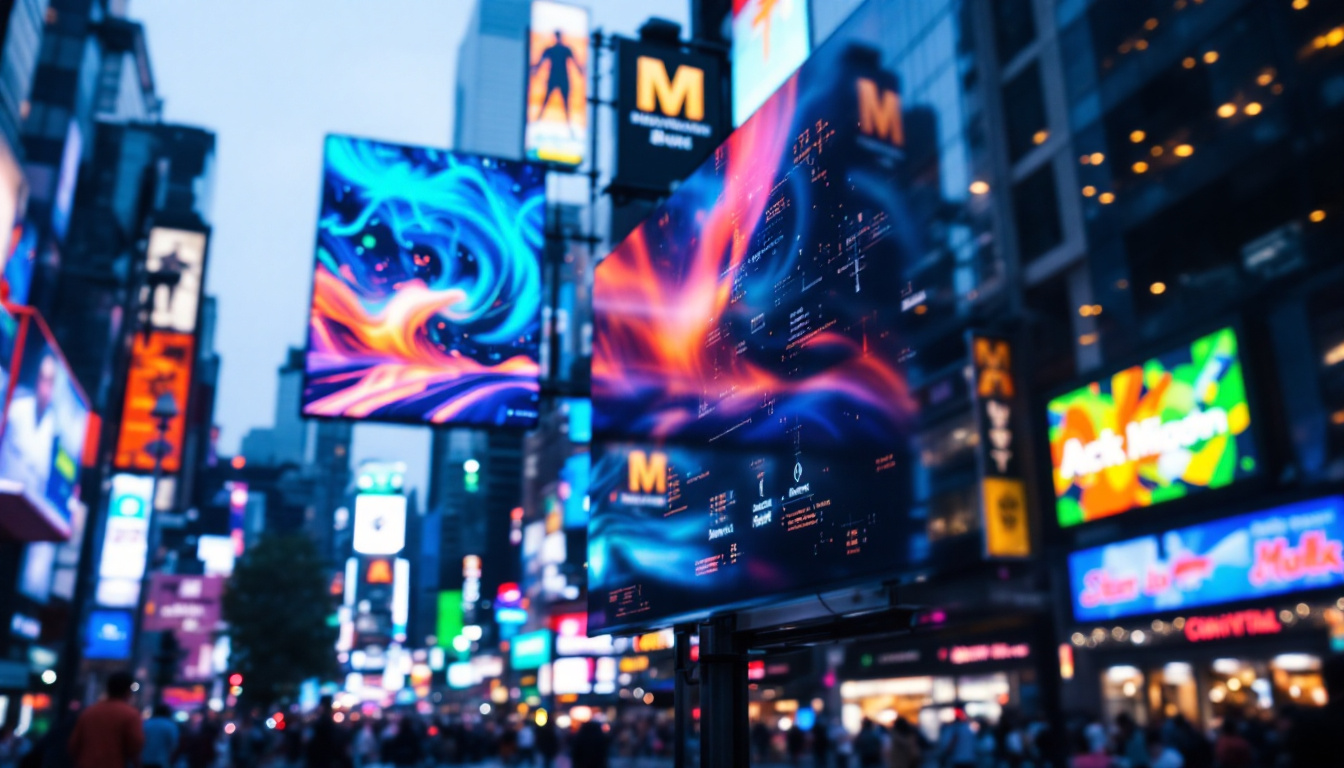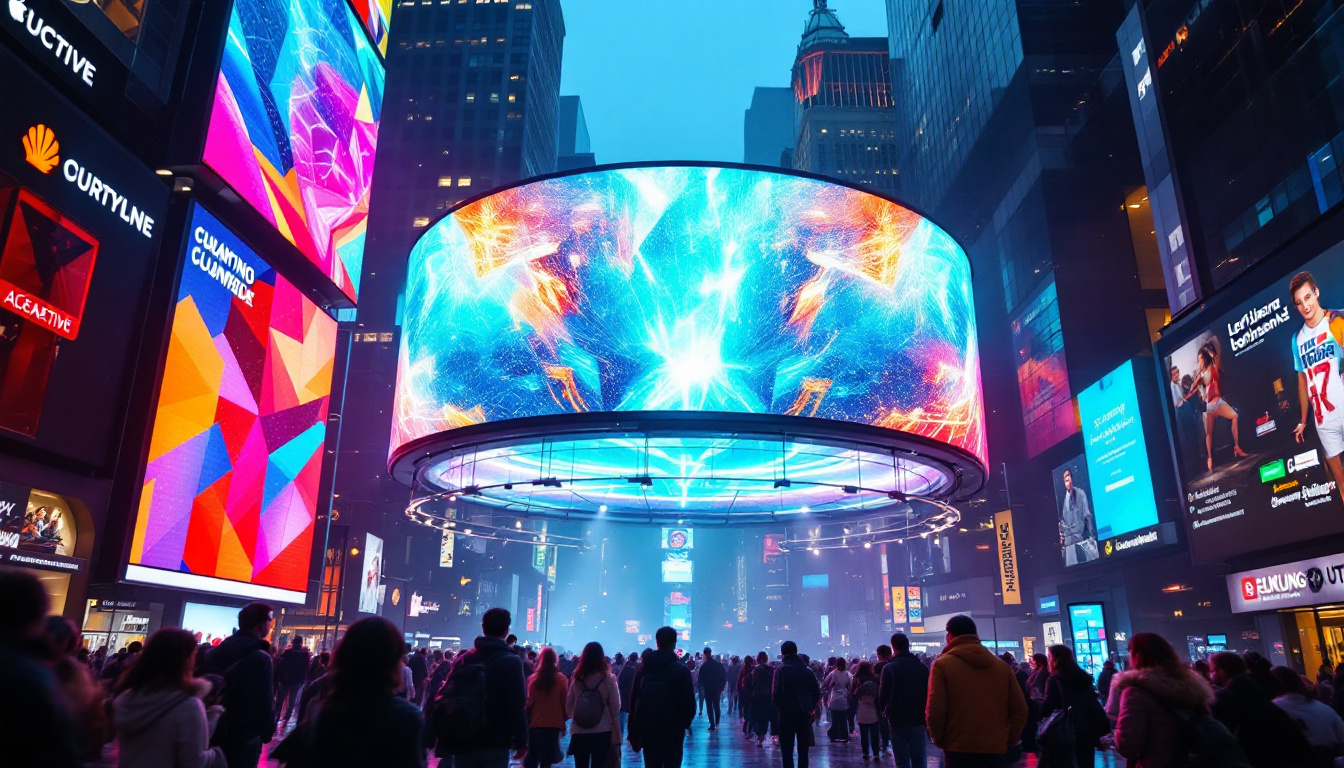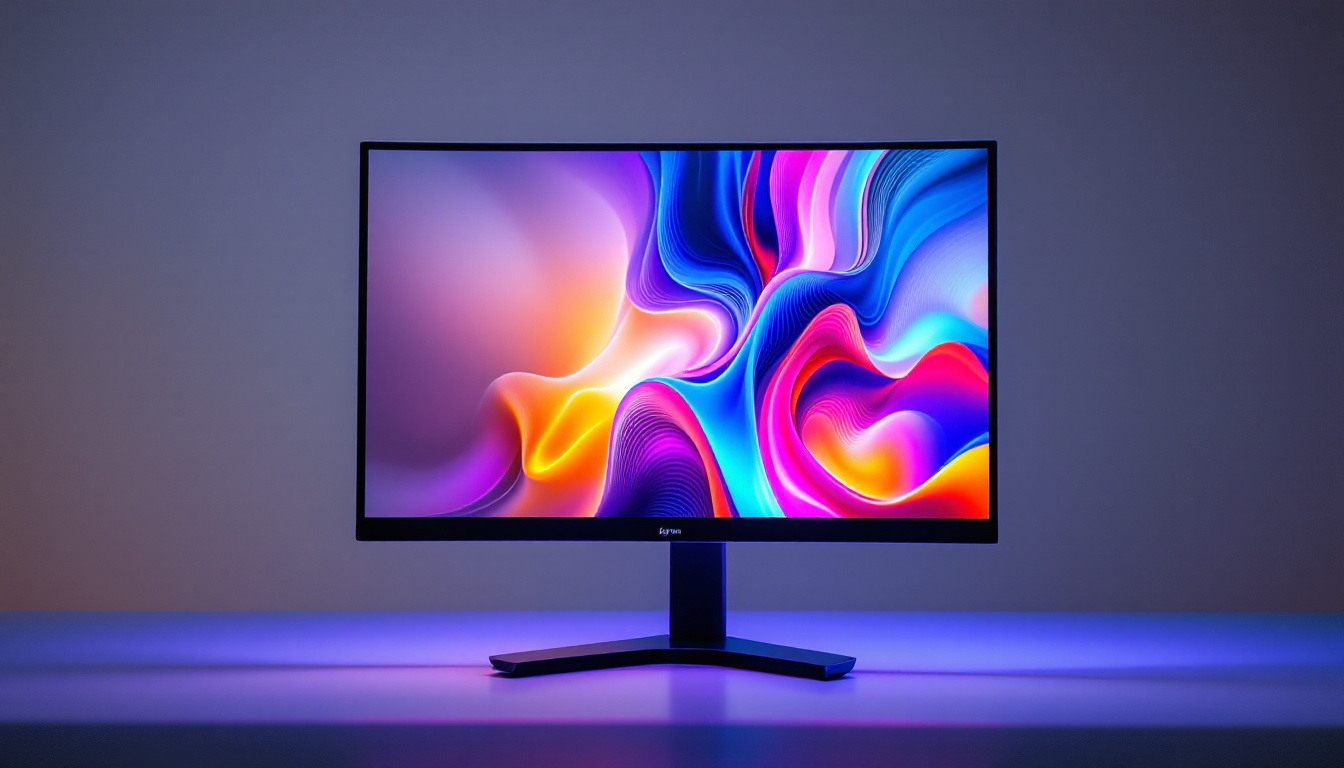In the world of digital displays, understanding the intricacies of LED technology can significantly enhance the viewing experience. One of the key concepts that often comes up in discussions about display quality is “pixels per inch” (PPI). This metric plays a vital role in determining the clarity and sharpness of images on LED screens. This article delves into LED displays, exploring what PPI means, how it affects display quality, and the various types of LED technologies available today.
Understanding Pixels Per Inch (PPI)
Pixels per inch (PPI) is a measurement that defines the pixel density of a display. It indicates the number of pixels contained within a linear inch of the display. The higher the PPI, the more pixels are packed into each inch, resulting in sharper and clearer images. This metric is particularly crucial for devices where close viewing is common, such as smartphones, tablets, and high-definition televisions. In an age where visual content is a dominant form of communication, understanding PPI can greatly enhance the user experience, ensuring that images and text appear crisp and engaging.
How PPI Affects Image Quality
The relationship between PPI and image quality is direct. A display with a higher PPI can render finer details and smoother gradients, making images appear more lifelike. Conversely, a lower PPI can lead to pixelation, where individual pixels become visible, detracting from the overall visual experience. This is especially noticeable in high-resolution images and videos, where clarity is paramount. Additionally, as technology advances, the standard for acceptable PPI continues to rise, pushing manufacturers to innovate and produce displays that meet consumer expectations for quality.
For example, a smartphone with a PPI of 400 will generally provide a much sharper image than one with a PPI of 200. This difference becomes even more pronounced when users view images or text up close, as the higher pixel density allows for more detail to be captured and displayed. Therefore, when selecting a device, considering the PPI can be just as important as evaluating screen size or resolution. Furthermore, in professional fields such as graphic design and photography, high PPI displays are essential for accurately editing images, ensuring that every detail is precisely represented.
Calculating PPI
Calculating the PPI of a display is relatively straightforward. The formula involves the diagonal resolution of the screen and its diagonal size. The equation is as follows:
PPI = √(Width² + Height²) / Diagonal Size
For instance, if a display has a resolution of 1920×1080 pixels and a diagonal size of 24 inches, the PPI can be calculated as:
PPI = √(1920² + 1080²) / 24
Using this formula, users can easily determine the pixel density of any display, helping them make informed decisions based on their viewing preferences. It’s worth noting that while PPI is a critical factor, it should be considered alongside other specifications such as color accuracy, brightness, and contrast ratio, as these elements also play significant roles in the overall viewing experience. Moreover, as virtual reality and augmented reality technologies evolve, understanding PPI becomes increasingly vital, as these immersive experiences demand displays that can deliver exceptional clarity and detail to create a convincing environment for users.
Types of LED Displays
LED displays come in various types, each designed for specific applications and environments. Understanding these types can help users choose the right display for their needs, whether for personal, commercial, or industrial use.
Standard LED Displays
Standard LED displays utilize light-emitting diodes to produce images. These displays are widely used in televisions, computer monitors, and digital signage. They offer excellent brightness and color reproduction, making them suitable for various lighting conditions. The typical PPI for standard LED displays varies widely based on the size and resolution, but they generally provide a good balance between image quality and affordability. Additionally, standard LED displays are often more energy-efficient compared to older technologies like CRTs, contributing to lower electricity bills and a reduced carbon footprint. Their versatility allows them to be used in a range of settings, from home entertainment systems to large-scale advertising billboards.
OLED Displays
Organic Light Emitting Diode (OLED) displays represent a significant advancement in LED technology. Unlike standard LED displays, which use a backlight, OLED panels emit their light. This results in deeper blacks and a wider color gamut, enhancing the overall viewing experience. The PPI of OLED displays can be exceptionally high, often exceeding 400, making them ideal for high-resolution applications such as gaming and professional graphic design. Furthermore, OLED displays are known for their ultra-thin profiles and flexibility, allowing manufacturers to create curved or even foldable screens. This adaptability opens up new possibilities for innovative designs in consumer electronics and wearable technology, pushing the boundaries of how we interact with visual media.
MicroLED Displays
MicroLED technology is the latest innovation in the LED display market. These displays consist of tiny, self-emissive LEDs that can produce stunning images with high brightness and contrast. MicroLED displays can achieve extremely high PPI values, often exceeding those of OLED displays. This technology is still emerging but promises to revolutionize the display industry by offering superior performance and durability. One of the standout features of MicroLED displays is their ability to maintain performance without the risk of burn-in, a common issue with OLED screens. Additionally, MicroLED technology allows for modular designs, meaning that screens can be built to any size or shape by combining multiple panels. This flexibility makes MicroLED an attractive option for large-scale installations, such as in stadiums or public displays, where seamless visuals are paramount. As research and development continue, we can expect to see MicroLED technology becoming more accessible and prevalent in everyday devices.
Applications of LED Displays
LED displays are versatile and find applications across various industries. Their adaptability and performance make them suitable for numerous settings, from personal devices to large-scale installations.
Consumer Electronics
In the realm of consumer electronics, LED displays are ubiquitous. They are found in smartphones, tablets, laptops, and televisions. The demand for high PPI displays has led manufacturers to focus on improving pixel density, resulting in devices that deliver stunning visuals. As consumers increasingly seek immersive experiences, the importance of PPI in these devices cannot be overstated.
Advertising and Digital Signage
LED displays are also prevalent in advertising and digital signage. High-resolution displays are used in storefronts, billboards, and public transportation systems to capture attention and convey messages effectively. The ability to display vibrant colors and sharp images makes LED technology a preferred choice for marketers looking to engage customers.
Industrial and Medical Applications
Beyond consumer use, LED displays are employed in industrial and medical settings. In factories, LED screens can provide real-time data and monitoring, enhancing operational efficiency. In medical environments, high-PPI displays are crucial for imaging and diagnostic equipment, where clarity and precision are vital for accurate assessments.
Choosing the Right LED Display
Selecting the right LED display involves considering several factors, including PPI, resolution, size, and intended use. Understanding these elements can help users make informed decisions that align with their needs and preferences.
Assessing PPI and Resolution
When evaluating an LED display, PPI and resolution are two of the most critical factors to consider. Higher resolutions, such as 4K or 8K, paired with high PPI values, will yield the best image quality. However, it’s essential to balance these specifications with the size of the display. A large screen with a low PPI may not provide the same clarity as a smaller screen with a higher PPI.
Considering Size and Viewing Distance
The size of the display and the distance from which it will be viewed are also crucial. For example, a 55-inch television viewed from a distance of 8 feet may not require a PPI as high as a 24-inch monitor viewed from just a foot away. Understanding the viewing environment can help users select a display that meets their specific needs without overspending on unnecessary features.
Budget and Brand Considerations
Finally, budget plays a significant role in choosing an LED display. While it may be tempting to opt for the highest PPI and resolution available, it’s essential to consider what features are truly necessary for the intended application. Additionally, brand reputation can influence the decision, as established manufacturers often provide better customer support and warranty options.
The Future of LED Display Technology
The future of LED display technology is bright, with continuous advancements promising even better performance and capabilities. As technology evolves, consumers can expect to see improvements in PPI, color accuracy, and energy efficiency.
Innovations in PPI and Resolution
As manufacturers strive to create displays with even higher PPI and resolution, innovations such as pixel-shifting technology and advanced manufacturing techniques are being developed. These advancements will allow for more compact and efficient displays without sacrificing quality, making high-resolution displays more accessible to consumers.
Energy Efficiency and Sustainability
Energy efficiency is becoming increasingly important in display technology. Future LED displays are expected to consume less power while maintaining high brightness levels and color accuracy. This shift towards sustainability will not only benefit consumers but also contribute to reducing the environmental impact of electronic waste.
Integration with Emerging Technologies
As emerging technologies like augmented reality (AR) and virtual reality (VR) gain traction, the demand for high-quality LED displays will continue to rise. Displays that can seamlessly integrate with these technologies will be essential for creating immersive experiences, further driving innovation in the LED display market.
Conclusion
Understanding pixels per inch (PPI) and the various types of LED displays is crucial for anyone looking to enhance their viewing experience. With the right knowledge, consumers can make informed decisions that align with their needs, whether for personal use, advertising, or industrial applications. As technology continues to evolve, the future of LED displays promises to deliver even more remarkable advancements, ensuring that viewers can enjoy stunning visuals for years to come.
Discover the Future of Visual Experience with LumenMatrix
Ready to elevate your visual experience with the latest in LED display technology? Look no further than LumenMatrix, where innovation meets excellence. Our diverse range of LED display solutions, from Indoor and Outdoor LED Walls to specialized displays for Vehicles, Sports, and even Custom configurations, is designed to captivate and engage. Embrace the future of digital signage with LumenMatrix and transform how you communicate visually. Check out LumenMatrix LED Display Solutions today and see your message come to life with unparalleled clarity and impact.



